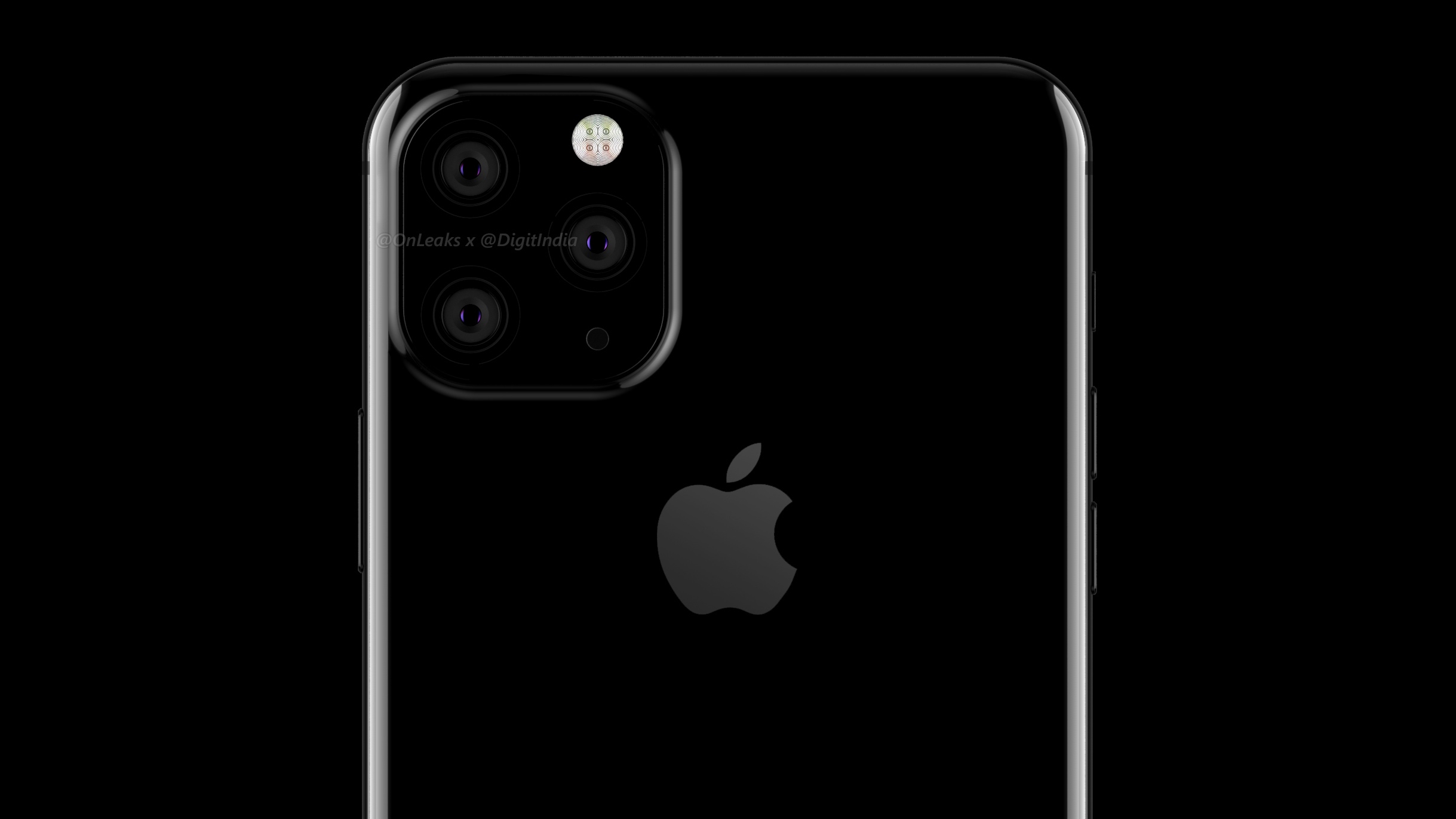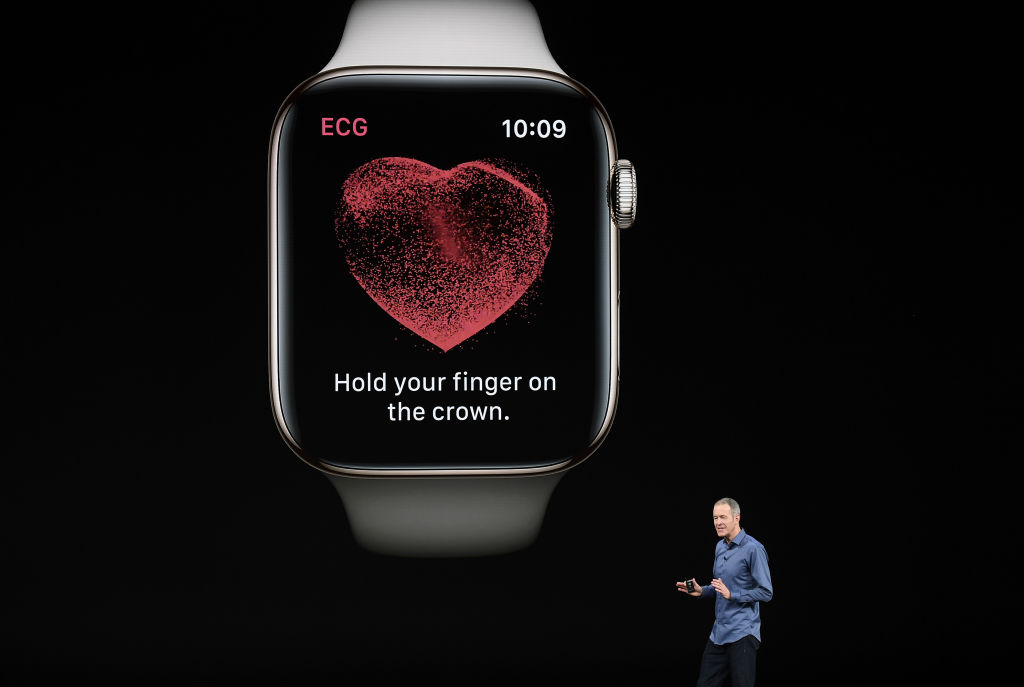Here’s what we know for sure: Apple’s holding a big event on its campus at 10AM PT on September 10.
Here’s what we almost certainly know for sure: The iPhone 11 will launch with a new camera configuration. There will be probably be three different models.
From there, things get a bit more complicated.

There’s some speculation around whether the company will continue to offer the budget-minded iPhone R as an alternative to the flagship devices. Some rumors thus far have suggested that this year’s models will present a kind of paradigm shift for the line. Rather than introducing an iPhone 11R, the cheaper model could become the base level iPhone 11, with two pricier models taking up the Pro moniker, with a Pro and Pro Max model distinguishing the different screen sizes.
The shift would make some sense from the standpoint of the broader smartphone market. Pricing is one of the key reasons smartphone adoption has slowed considerably. Premium devices like the iPhone and Samsung’s S series routinely top $1,000. If Apple can reposition the price point, that could go a ways toward justifying a faster upgrade cycle.
One of the key distinguishing factors between the iPhone 11 and the Pro models is likely to be the camera. The base model will retain the XS’s two-camera setup, while the Pros will move to a three-camera array in a square configuration. The third lens will bring an additional wide angle to the device, similar to a number of Android handsets.
Using on-board AI and software, the cameras are said to create a composite image that can correct certain shooting errors, offer higher-resolution shots and get better images in low light. The video software on the Pro models is said to be significantly improved, as well, letting users correct color balances and apply effects on-device. The front-facing camera, meanwhile, is said to have a wider field of view, which should help face unlock work from more angles, including while lying down on a table — one of the biggest complaints with the current Face ID configuration.
The device build is largely expected to stay the same, including the top notch, which has remained unchanged since the introduction of the iPhone X. Some have suggested that the invitation hints at additional colors for the handset, which would be in keeping with other entry-level devices, like the iPhone R. The Lightning port, for better and worse, is expected to remain, in spite of the addition of USB-C on the iPad Pro.

Jeff Williams, chief operating officer of Apple Inc., speaks during an event at the Steve Jobs Theater in Cupertino, California, U.S., on Wednesday, Sept. 12, 2018. Apple will kick off a blitz of new products this week, ending a year of minor updates and setting the technology giant up for a potentially strong holiday quarter. Photographer: David Paul Morris/Bloomberg via Getty Images
A couple of rumors have been floating around hinting at the arrival of a new Apple Watch. The Series 4 device is reportedly getting a new (likely very pricey) Titanium version. The line is also set to finally add some solid sleep tracking into the mix.
The event may well see some new MacBooks, the first to include new switch mechanisms for the keyboard. That will hopefully alleviate longstanding complaints against several generations of keyboard switches.
Expect some firm dates on the software and content front, as well, including availability for the public launch of MacOS Catalina, iPadOS and iOS 13. There’s a pretty good chance that the company will also firm up launch dates for long-awaited content plays like Apple TV+ and Arcade.
All (or some) of this and more (or less) will be revealed on Tuesday September 10. TechCrunch will, as always, be on hand, bringing it to you live.
